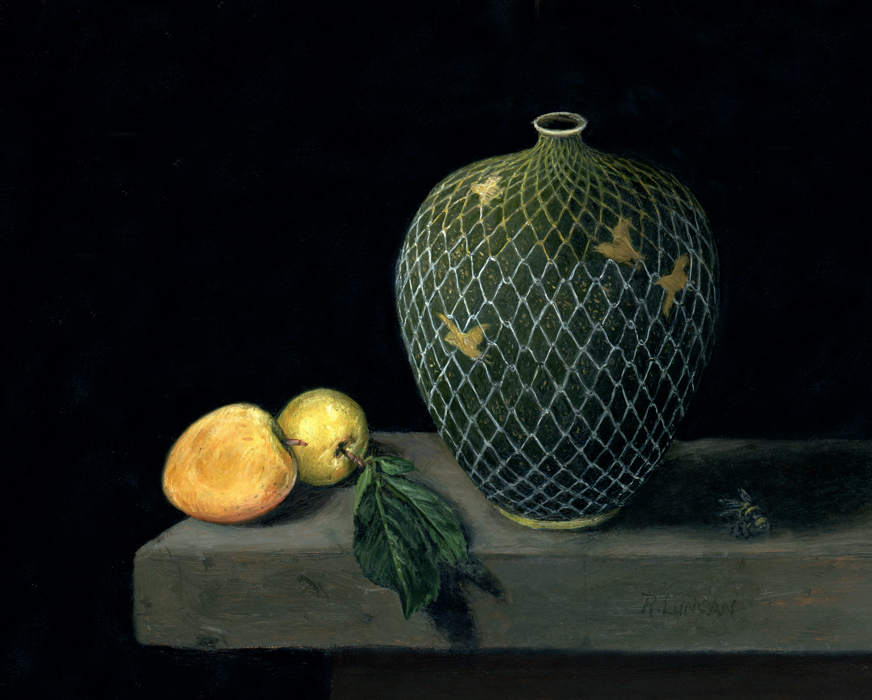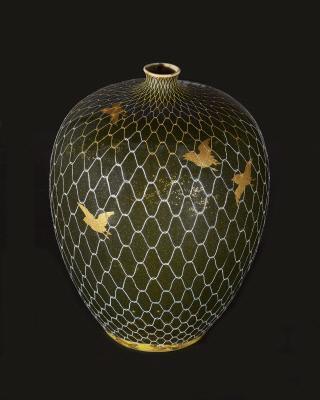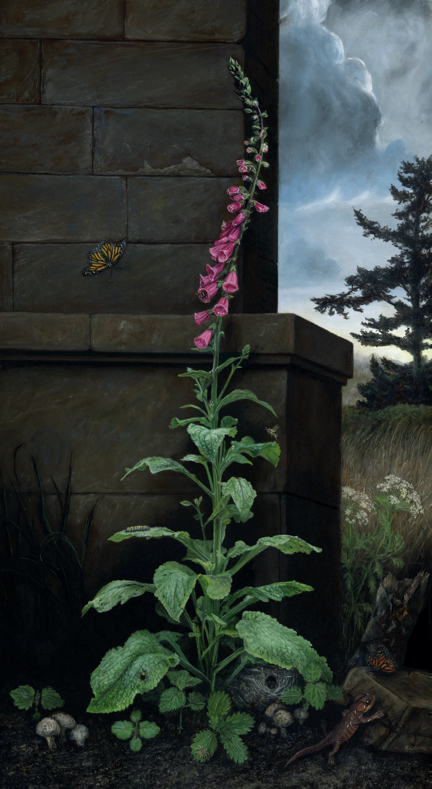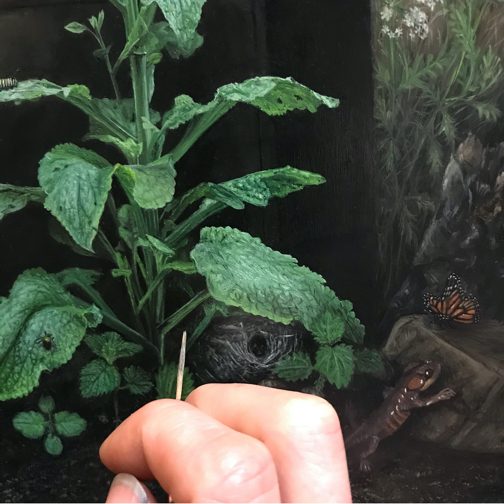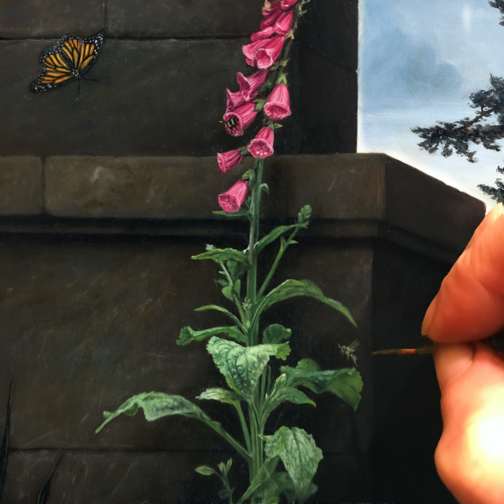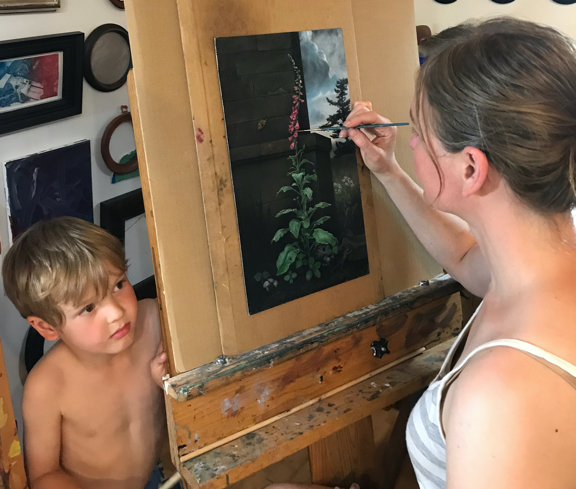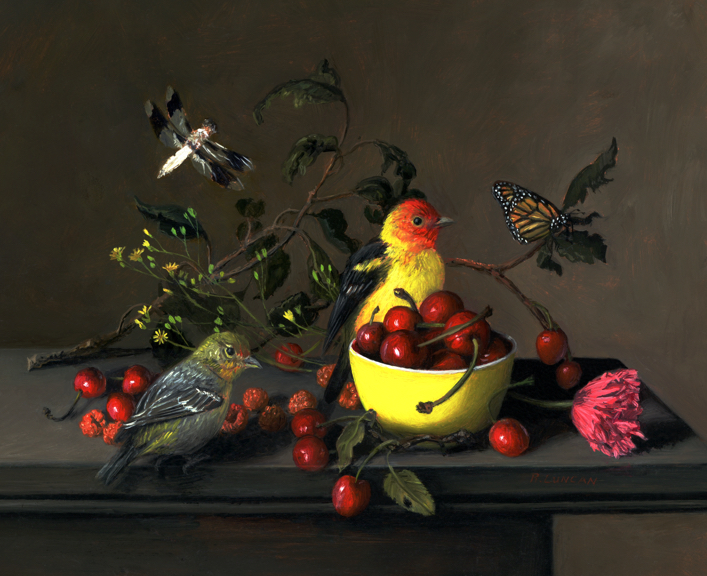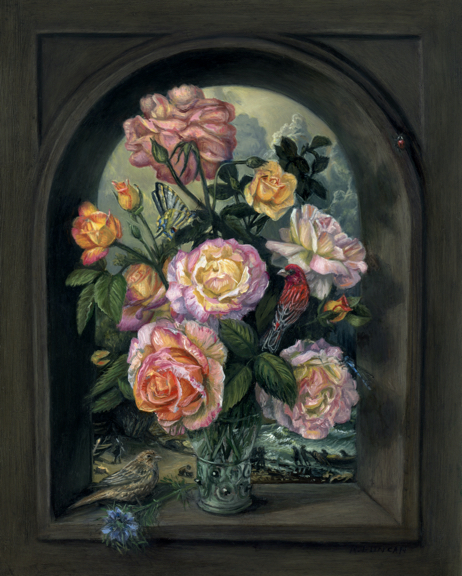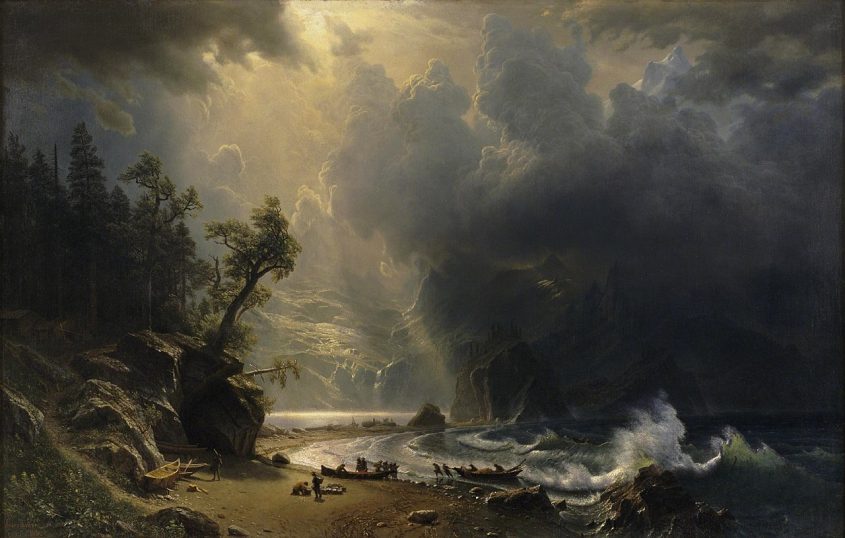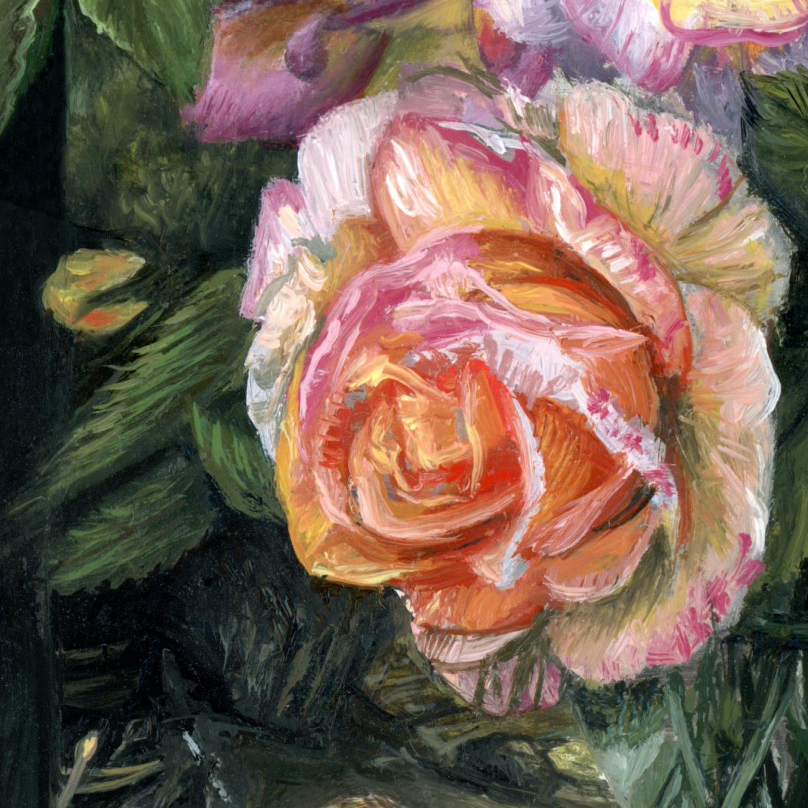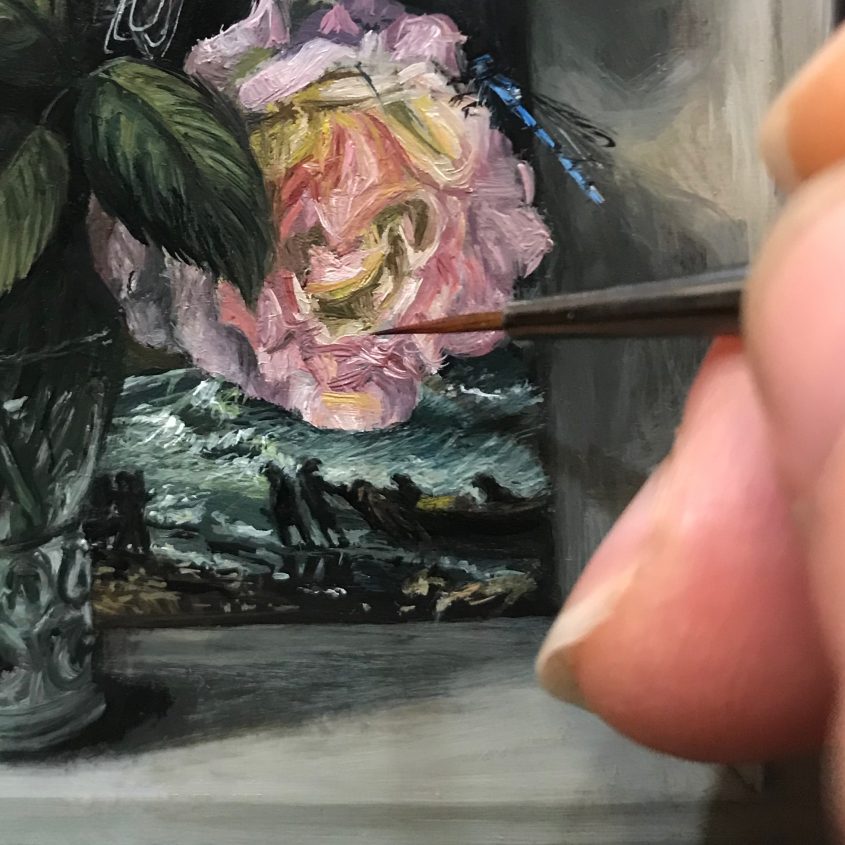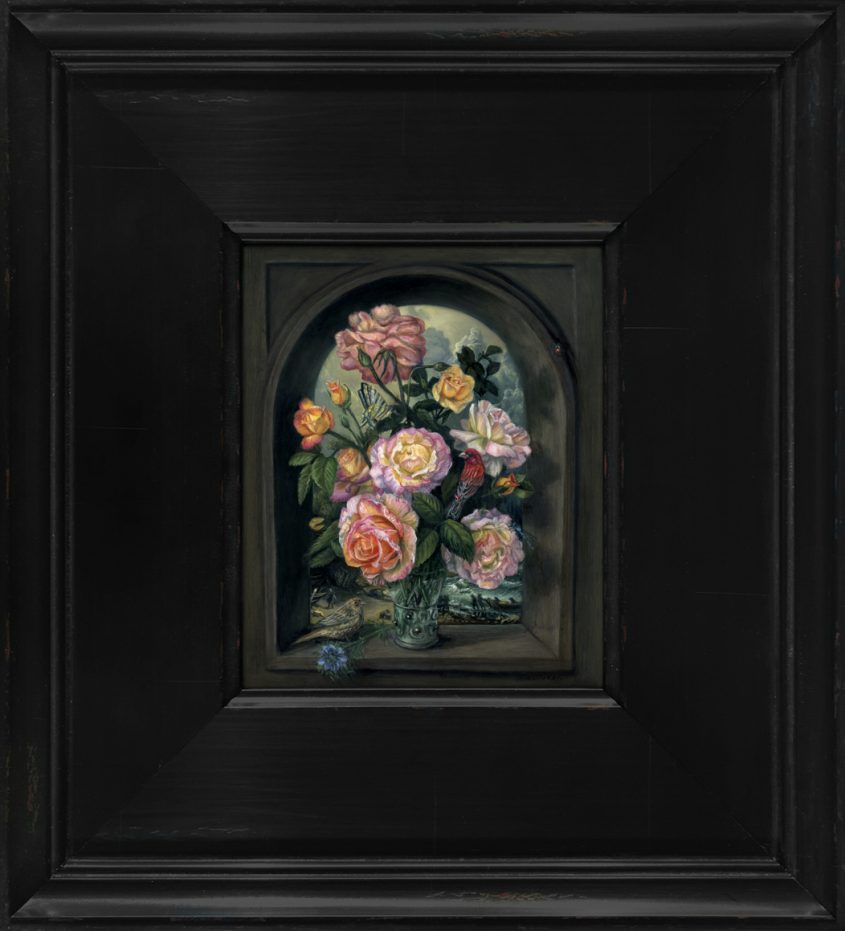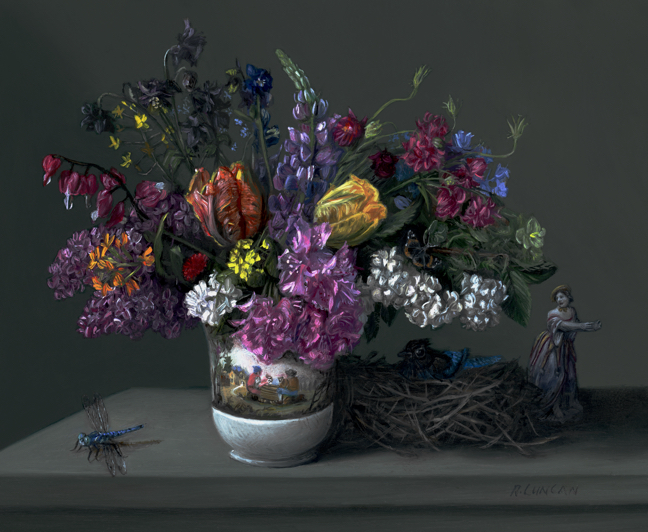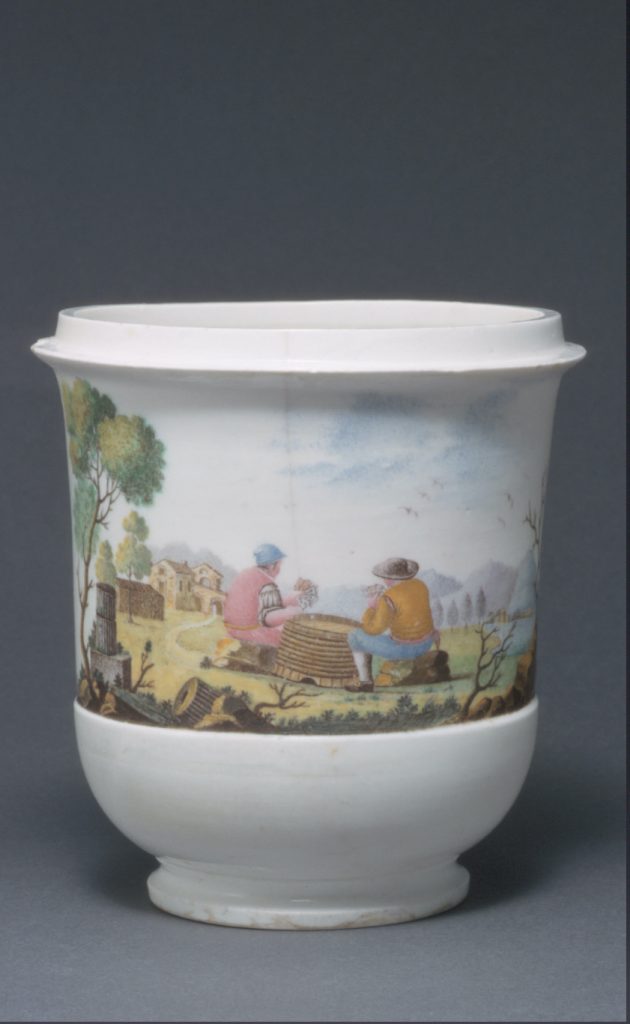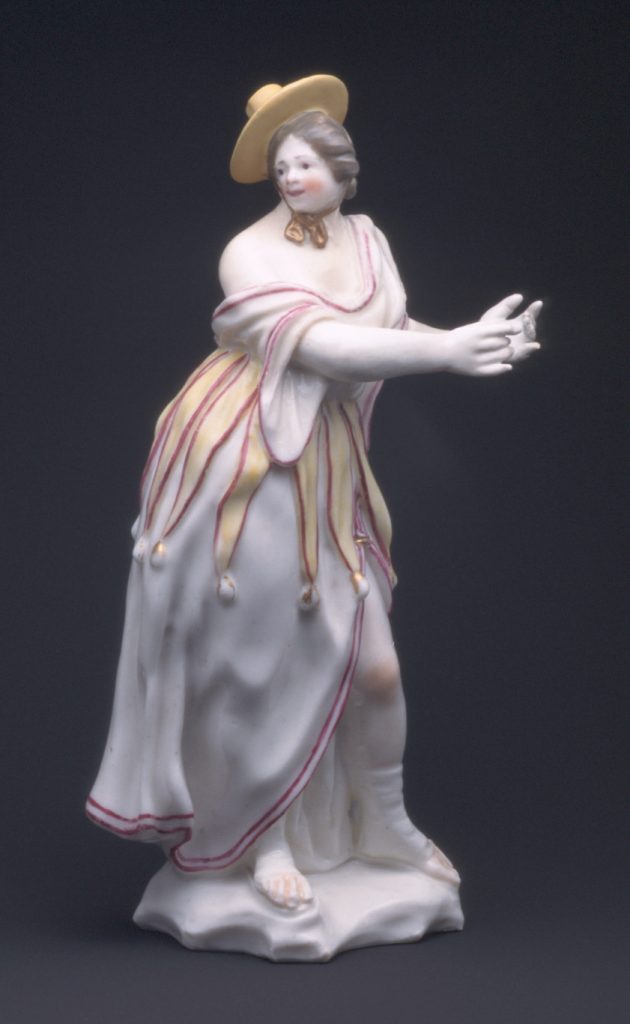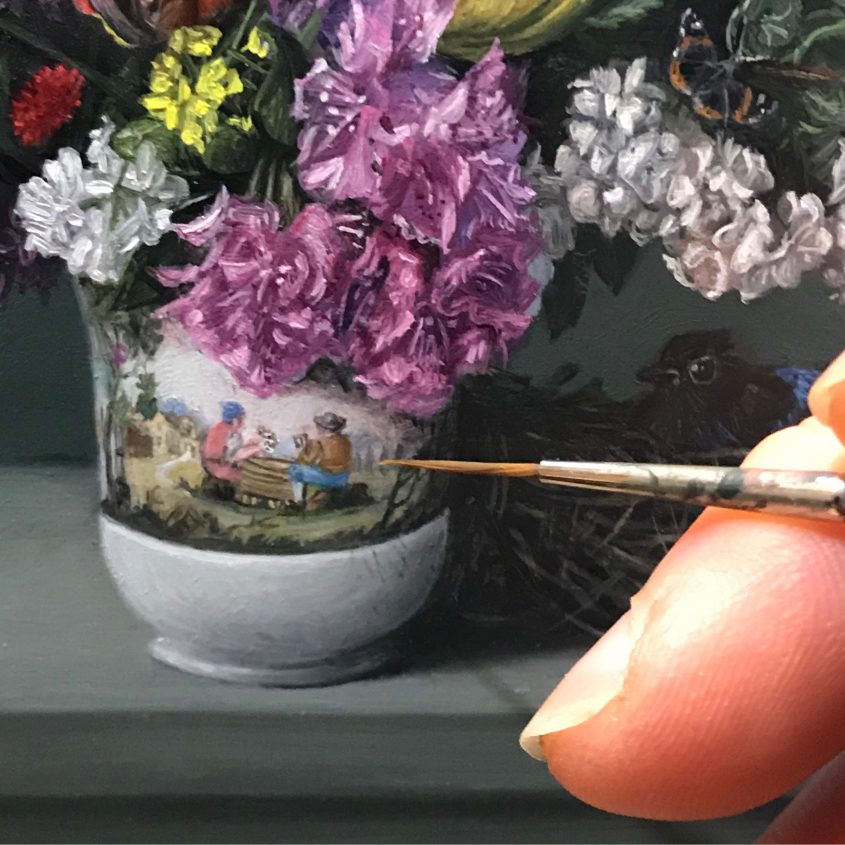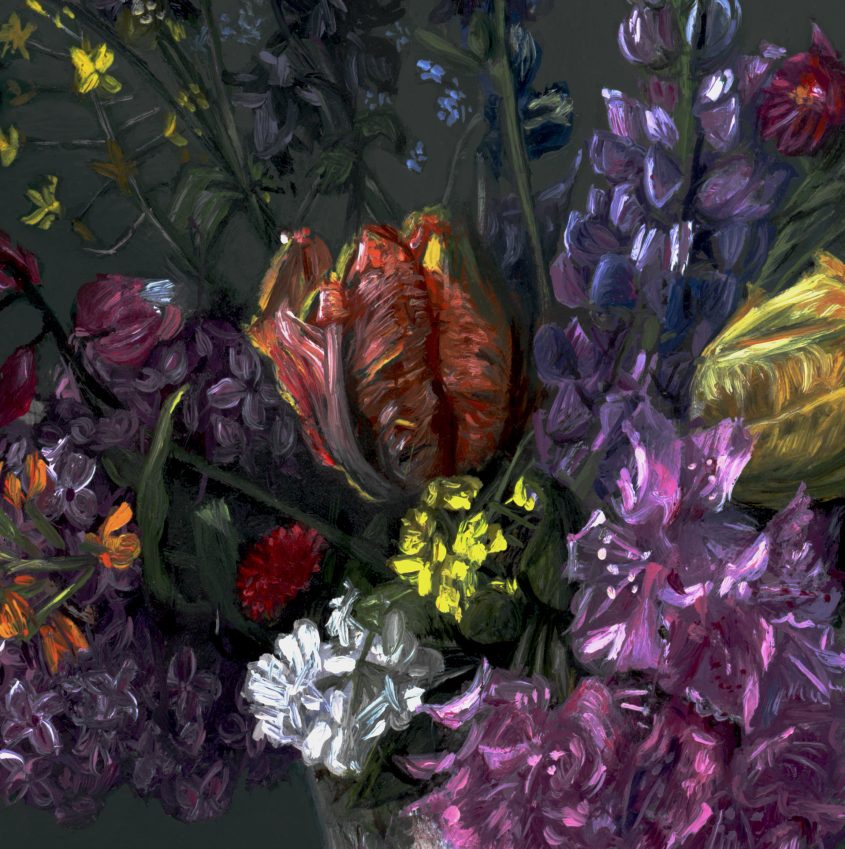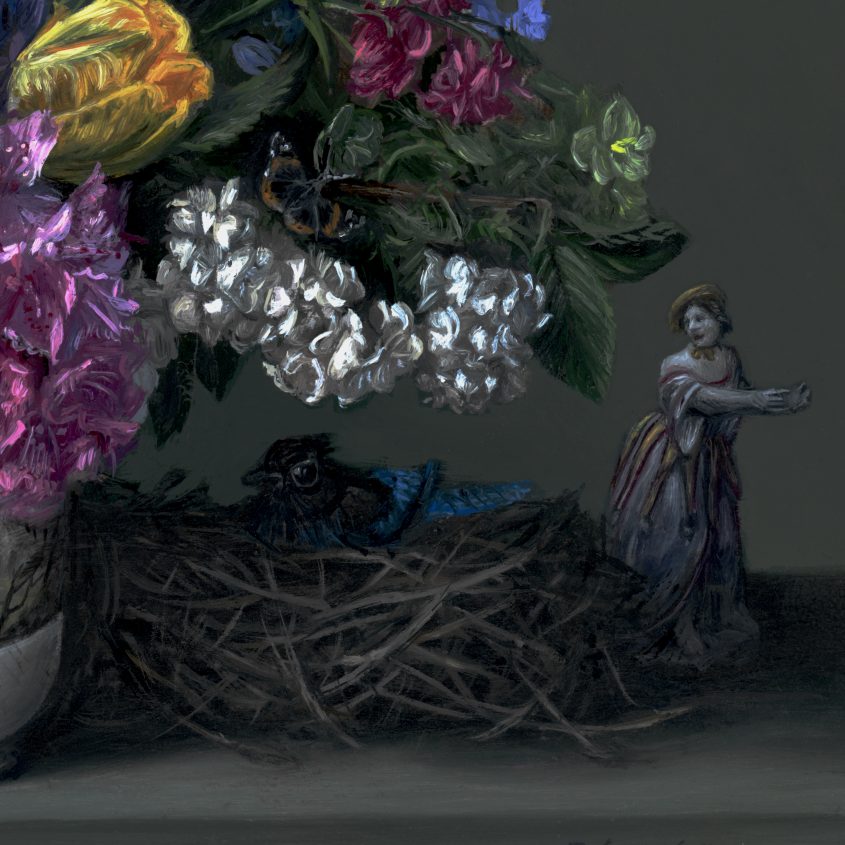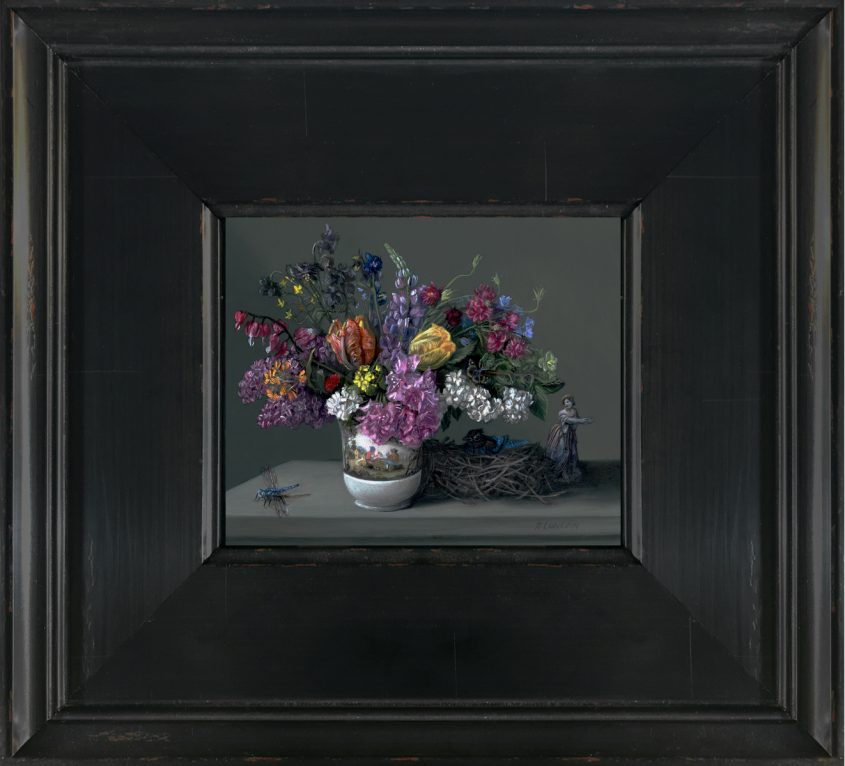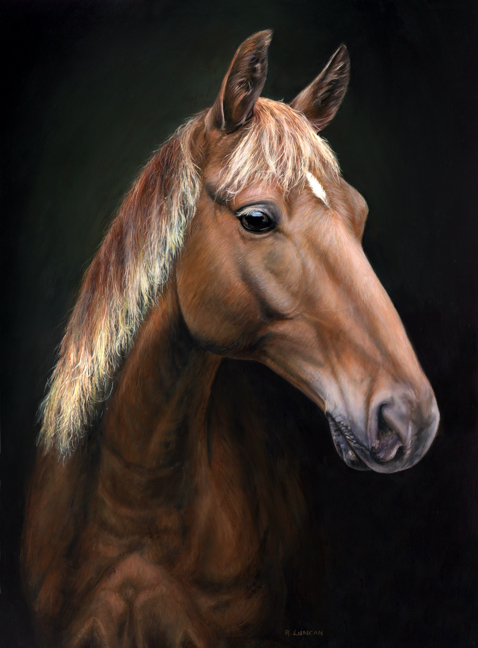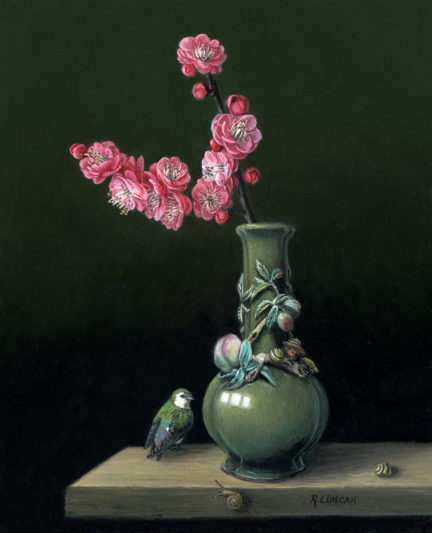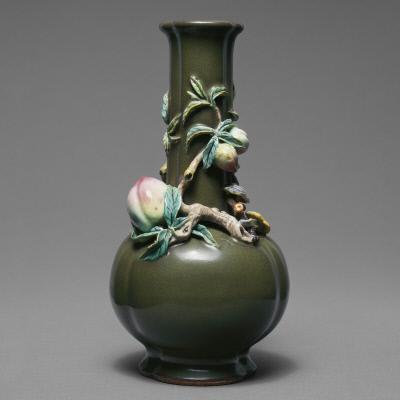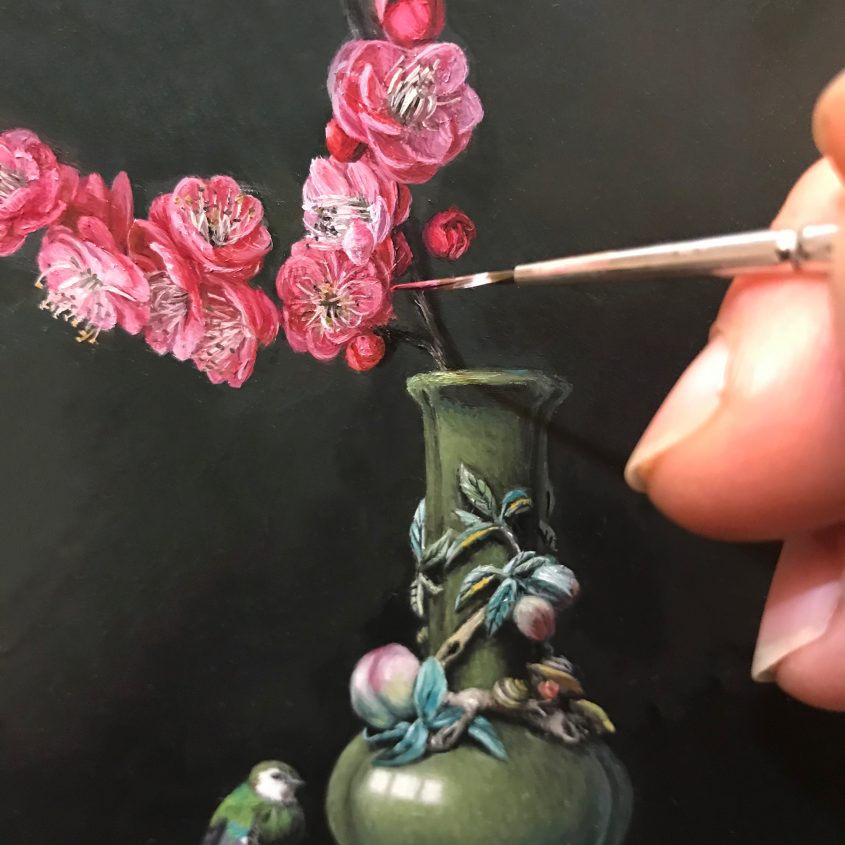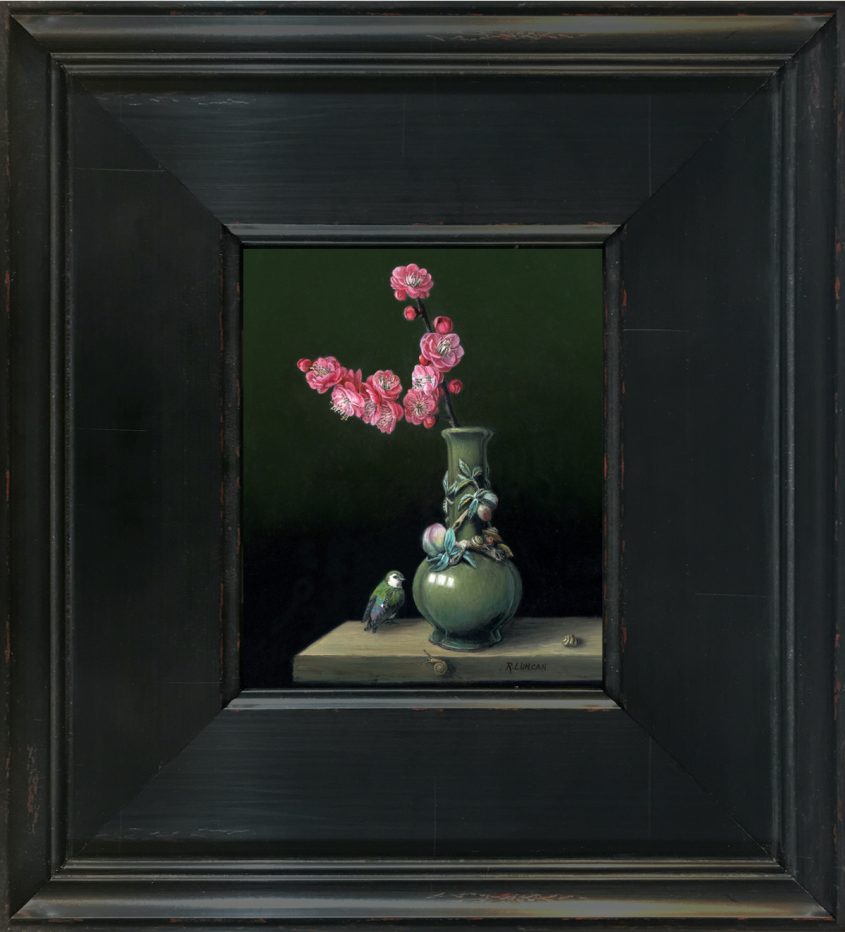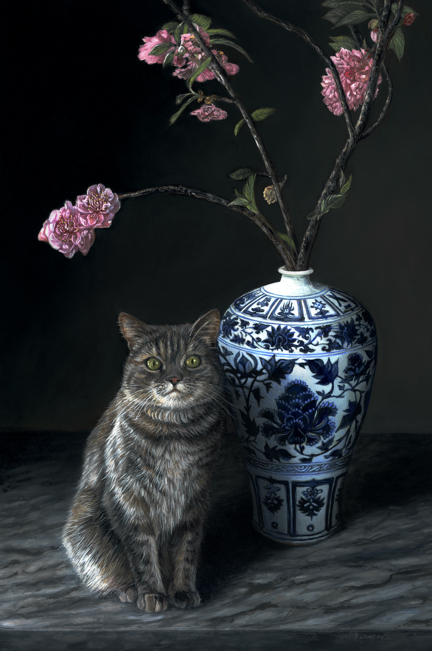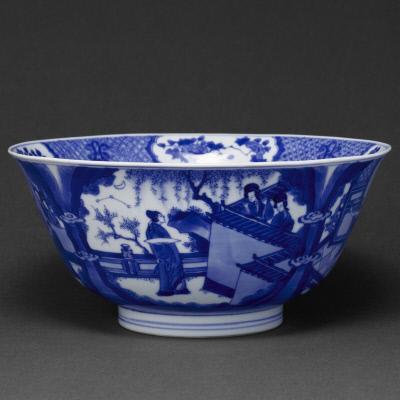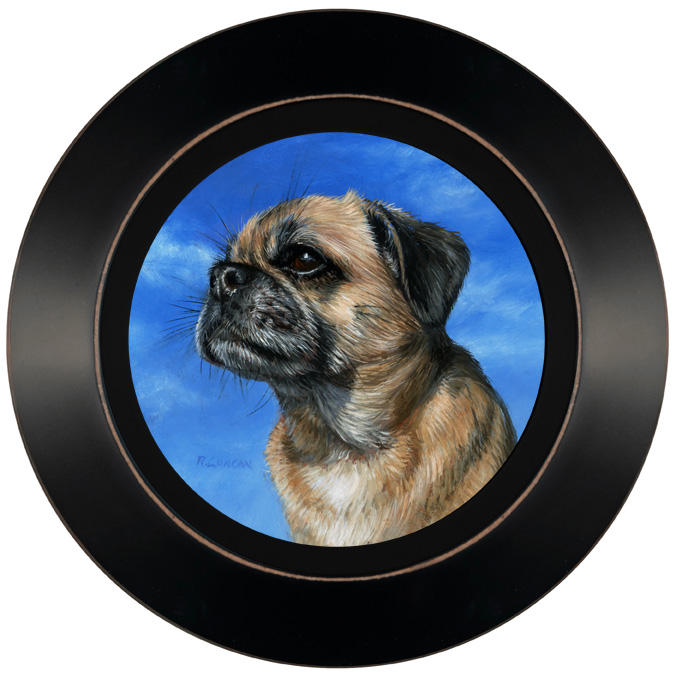Birds in a Net
I paired this exquisite Japanese vase from the Seattle Art Museum collection with Japanese plums from my back yard. The gold leaf complements the gossamer glow of the plums, while this month’s birds are nested in my depiction of another artist’s work.
I’m beginning to feel a bit like a captured bird myself. Now it’s not the pandemic keeping us inside but the dangerous air quality from wildfires raging across the west coast, with no end in sight. But we are making the most of our time with projects and creative play, and I try to think of my own netting as a shining protector, not just a restraint.
Vase Decorated with Flying Birds in a Net is porcelain with an enamel glaze, gilding and wire. Now think about that for a minute, how much skill must it have taken to make this object by hand! It was made in the late 1800’s, and the intricate perfection in the wire net is astounding.
I can’t look at this vase without thinking about the precise labor that went into its perfection. I’ve long admired it but never considered how intense it would be to paint such an object. It turned out to be a great challenge, but the effort only deepened appreciation for this splendid piece.
Different curators have different ideas over the years about the ideal front of the piece, and that means that sometimes a new mount is required. I’ve made two mounts for this piece myself, and it was the first that our new mount maker Ken Kelly made in preparation for the reopening of Volunteer Park (fall ’19). Sadly, VP wasn’t open long before COVID shut it down again.
I do have some good news though. The Seattle Art Museum is finally OPEN! Unfortunately, the Seattle Asian Art Museum, where this piece is on display, and the porcelain room in the downtown building, are still closed. I’ll keep sharing as many porcelains as I can in the coming months, though. 🙂
We all continue to survive this difficult year, and I hope my work brings you some peace and joy in these crazy times. I also hope you can look at your own situation and count your blessings from within your own gilded net. Some people are not so lucky.
Vase Decorated with Flying Birds in a Net
Japanese, Late 19th century
Porcelain with enamel glaze, gilding and wire, 6 1/8 in. (15.56 cm) Diam.: 4 5/8 in., Nasli and Alice Heeramaneck Collection, 66.71
Photo: Elizabeth Mann
